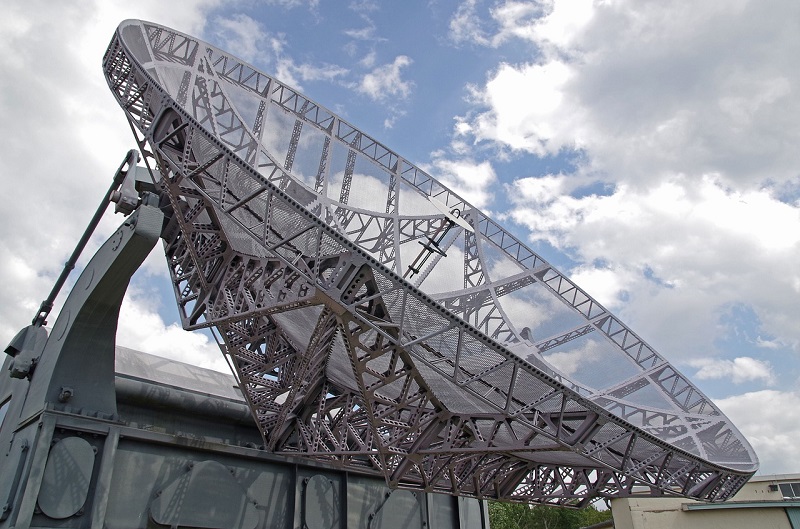Raytheon Technologies working with DARPA to identify signals of interest

Raytheon Technologies of Waltham, MA announced on May 5 that it is researching advanced radio frequency mixed-mode circuit designs, under DARPA’s Technologies for Mixed-mode Ultra Scaled Integrated Circuits, or T-MUSIC, program.
“Radio frequency bands are increasingly cluttered, and we need to be able to ‘hear’ through all of the noise,” said Art Morrish, vice president of Advanced Concepts and Technologies at Raytheon Intelligence and Space, a Raytheon Technologies company. “If someone is yelling at you, it’s easy to miss what someone else is whispering. But imagine if you had a way to hear both at the same time. That’s what our multi-function system with mixed-mode electronics seeks to achieve.”
These systems operate much the same way humans do. The front end of the system is like eyes and ears, and the back end is like the brain. The brain processes what the eyes see and ears hear. And, in order for the back end to provide actionable information, the front end must be able to discriminate between the noise and the signals of interest.
This is driving the need for multi-function systems with mixed-mode electronics at the front-end of the system, which convert the RF signal into bits. Those bits are vital pieces of data that the back-end processes, improving the ability to distinguish between the noise, interference and signals of interest across a broad range of frequencies.
“What’s different here is all of this could happen on a single chip,” said Morrish. “Nobody has done this type of mixed composition before.”
The overall benefit is not just small size, weight and power – it’s the performance. The technology would be able to detect the faintest of signals amongst a broad range of frequencies and noise, processing it with precision and speed. It could identify the object emitting the signal, even if it’s slow-moving or very small.
The designs are being collectively researched by Raytheon, commercial, aerospace and defense companies and universities. The designs could form the foundation out of future Department of Defense-relevant capabilities, including communication links, multi-function RF systems and next-generation electronic warfare and radars.
Source: Raytheon Technologies







